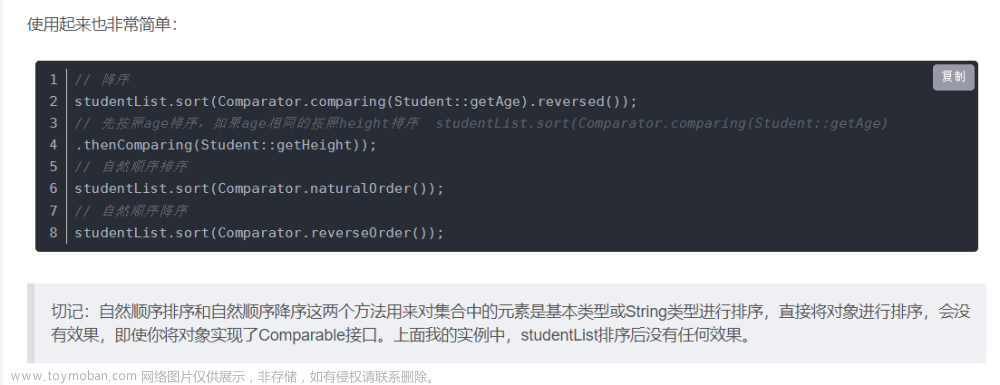日常工作中,针对两个表A,B,求A与B表中同一个字段的交集与差集是常见需求,下面我们来总结一下求交集与差集的方法。
假设现在有两张表A,B,A,B表中均有一个字段为id,现在我们想求
A与B中都存在的id有多少个(去重),在A中但不在B中的id有多少个。
1.求交集
1.1 通过join求交集
要求交集,我们最先想到的是可以通过join的方式来实现。
select count(distinct id) from A
join B
on A.id = B.id;
常规的join操作,不解释。
1.2 通过in求交集
通过in操作实现求交集的功能。
select count(distinct id) from A where id in(select id from B);
1.3 通过exists求交集
select count(distinct id) from A where exists(select id from B where B.id = A.id);
exists可以用来判断是否存在。如果exists中的查询内容存在,结果则返回为真,否则为假。
如果exists在where条件中,会先对where条件前的主查询进行查询。待主查询完毕以后,会将结果代入exists中的子查询进行判断,最后根据判断结果,如果为true输出,false不输出。文章来源:https://www.toymoban.com/news/detail-415864.html
2.求差集
如果是求差集,join的方式就不好用了,我们可以用not in或者not exists的方式来进行操作。文章来源地址https://www.toymoban.com/news/detail-415864.html
2.1 not in求差集
select count(distinct id) from A where id not in(select id from B where id is not null)
2.2 not exists求差集
select count(distinct id) from A where not exists(select id from B where B.id = A.id);
到了这里,关于sql求交集与差集的文章就介绍完了。如果您还想了解更多内容,请在右上角搜索TOY模板网以前的文章或继续浏览下面的相关文章,希望大家以后多多支持TOY模板网!






